Public Works: Architecture by Civil Servants by OMA at Venice Architecture Biennale 2012
OMA present an archive of buildings designed by European local authority architects in the 1960s and 70s at the Venice Architecture Biennale 2012, which opens to the public this week.
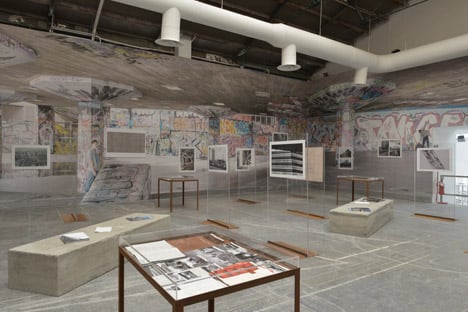
The fifteen featured buildings are located across the UK, France, the Netherlands, Italy and Germany, and are exhibited against a backdrop that replicates the graffitied concrete beneath London's Queen Elizabeth Hall.
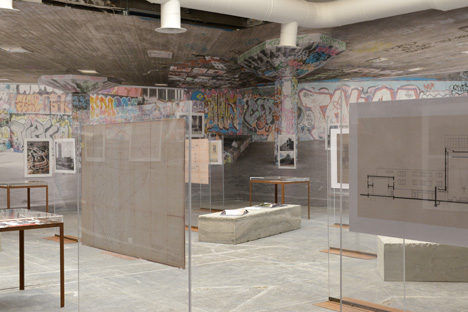
OMA partner Reinier de Graaf explains that "the exhibition aims to show the work of anonymous bureaucrats who never had their own private practice, who are unrecognised by history but whose buildings still represent an enormous vitality and an enormously impressive social mission."
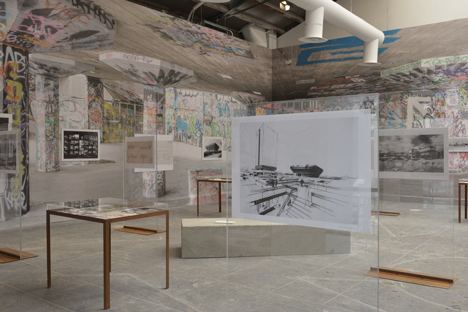
Featured buildings include some that have since been demolished, including Pimlico School in London and the Wibauthuis in Amsterdam, which formerly housed the city's public works department and which de Graaf claims was at one point so powerful that politicians feared it as a "bastion of civil servants."
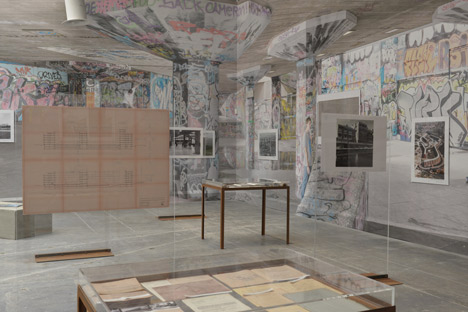
The exhibition is on show inside the Central Pavilion at the Giardini throughout the biennale, which opens from 29 August to 25 November.

See more stories about the Venice Architecture Biennale 2012 here, or click here to see more projects by OMA.
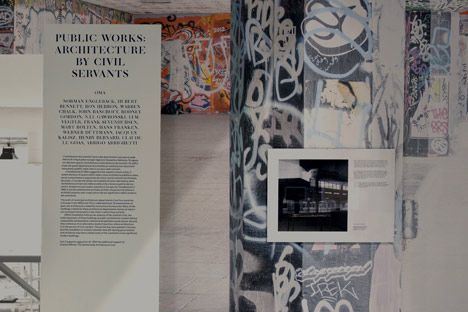
Photography is by Frans Parthesius.
Here's some information from OMA:
Public Works
Architecture by Civil Servants
In the late 1960s and early 1970s, large public works departments were common in Europe. Many of these departments employed architects, who, as civil servants, worked to serve the public cause. Ruled by unabashedly left-wing municipal governments, cities like London, Amsterdam and (West) Berlin, managed to mobilize creative talent to support their progressive ideologies. Even today, the legacy – the public buildings which remain standing – looks refreshingly modern and innovative.
This exhibition is a sort of “mini-biennale” of masterpieces realized for the greater good by bureaucrats: fifteen buildings across different European cities, all of which were designed by architects employed by the public sector. On display will be work by architects employed by the Greater London Council, the Public Works Department of Amsterdam, the Dutch “Rijksgebouwendienst”, the “Senatsbauverwaltung” of West Berlin and work from various architects in France and Italy as members of special ‘Architects Councils’, ‘guiding’ the public sector on matters of architecture and urbanism...
In the age of the ‘starchitect’, the idea of suspending the pursuit of a private practice in favor of a shared ideology seems remote and untenable. However, given the number of architects that made that choice, forty years ago serving the public cause proved a powerful source of inspiration... one might even call it common ground.
The exhibition is a mix of archival material and photographic record of the buildings in their current state.